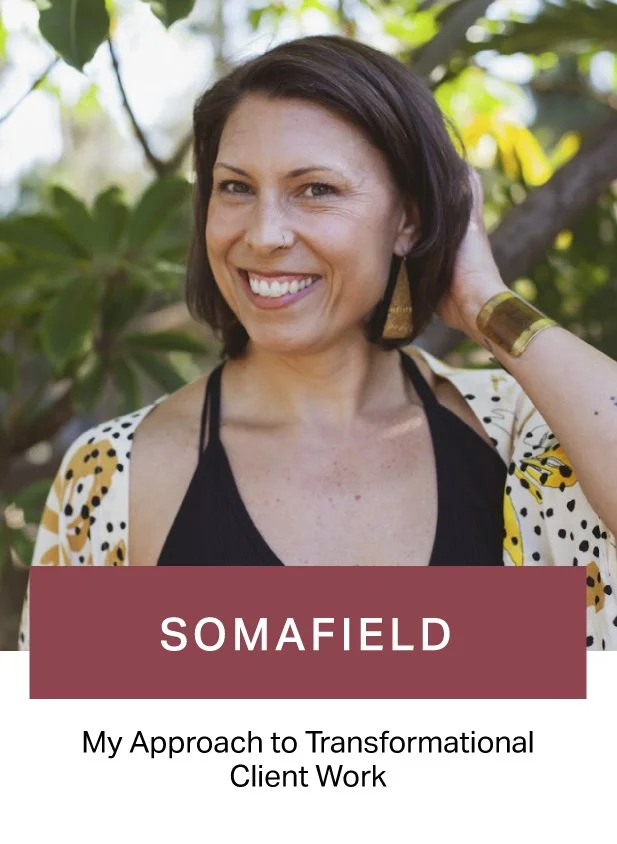5 Ways to Get to the Peak of a Session Earlier
Last week I wrote about the arc of a therapy or coaching session and the value of getting to the peak earlier in your time with a client, say, within the first 15-20 minutes or so. If you haven’t read that one, I suggest you check that out first and then come back. :)
I’m going to give you some suggestions for how to get there faster, but before I do, the most important reminder here is that sessions need to feel relaxed. Like you’re sitting back and letting the content arise. No agenda, no rushing, no pressure. This is a skill that takes practice and you start with your own internal environment.
Which leads me to the list. Here are 5 ways to facilitate a session more efficiently and get to the peak earlier.
Be in charge of the pacing but also follow their lead. This can be difficult because at the start of a session you probably know what the client is looking for help with overall, but not necessarily on that day. This is why I always start sessions with asking what they need or where they want to start today. Because if I want to facilitate a good outcome for them in the session, I’ll have to pace our time together. Every client is different and over time, I get to know how to read their individual cues and pacing to know how to best support them. Sometimes they just need to talk and share and that’s great, but sometimes they want specific support with something.
Identify their need for this session early on. When I learn what they’re needing, I stay present to that and think ah, ok, what do I need to understand about the situation and what they’re needing to help them get where they’re trying to go? I ask those questions and see if I can figure out what they need and how to offer it.
Gentle interruptions. All clients have different levels of focus, but they’re paying for your guidance so it can be a big help to them if you pause them in order to ask about what they’re needing or make sure you’re understanding the context of what they’re sharing. That will help you know where they’re going and if it’s in their best interest to let them keep sharing or to step in with more guidance to help facilitate something happening.
Intuition. If, as they’re talking, you notice that you keep sensing something in particular, go with it. If that means moving confidently in one direction, do it. You’ll know if it’s not right, but usually it will be as you get better at this type of listening. If your intuition is talking to you about something that doesn’t make sense (say, they’re talking about work but you keep feeling something about their relationship), you can share that with them and ask if these things or stories or energies are related. This can open up a whole new direction for the session.
Contain their storytelling. Again, sometimes what the client most needs on that day is to talk and be heard and that can be a powerful part of the therapeutic process. But if you’re sensing that something more tangible needs to happen that day or they’re asking for that, it’s ok to interrupt and try and keep them on track. Remember that clients have all different levels of focus and all brains are different. Clients who spend a lot of time in stress response (sympathetic nervous system activation) can have a harder time focusing, staying present with what they’re saying and what their point was, and navigating a conversation towards what they need. This is where you can be a huge help to them.
Not all sessions have a big a-ha or peak moment, but hopefully these suggestions will help with those sessions that do need to go someplace more productive. Let me know how it goes or if you have questions!




